Still life of fish
Oil on canvas, cm 48 x 62 - With frame, cm 60 x 74
Daughter and pupil of Giuseppe, Elena Recco successfully tried her hand at the still life, following his father’s themes and preferring above all the marine iconographies. There are no precise details of his career, but Bernardo de' Dominici (1683-1759) in his "Vite de' pittori, scultori e architetti napoletani" (III, Napoli 1742-44, p. 297), an appendix to the life of Giuseppe Recco, gives some data. The biographer mentions the transfer of Elena to Spain and her presence in Madrid in 1695, following the countess of Santo Stefano, who moved at the end of her husband’s term as Viceroy of Naples. We do not know how long his stay in the Spanish capital lasted, but he did some works there, as documented in an inventory of 1794 of the Buen Retiro Palace, where some paintings with floral subjects are mentioned.
The painting analyzed here is an interesting testimony to be added to the best and typical production by Elena Recco, as highlighted in the book Still Life of the seventeenth and eighteenth century (edited by Patrizia Consigli Valente, Parma, 1987, pp. 10-11). The foreground arrangement of fish, through an abundant construction, is found in some of his most happy essays. In the composition under analysis, the distinctive features of Recco’s production can be fully found: the support surface contains the exposed fish, immersed in a muted but diffused light coming from the landscape behind.



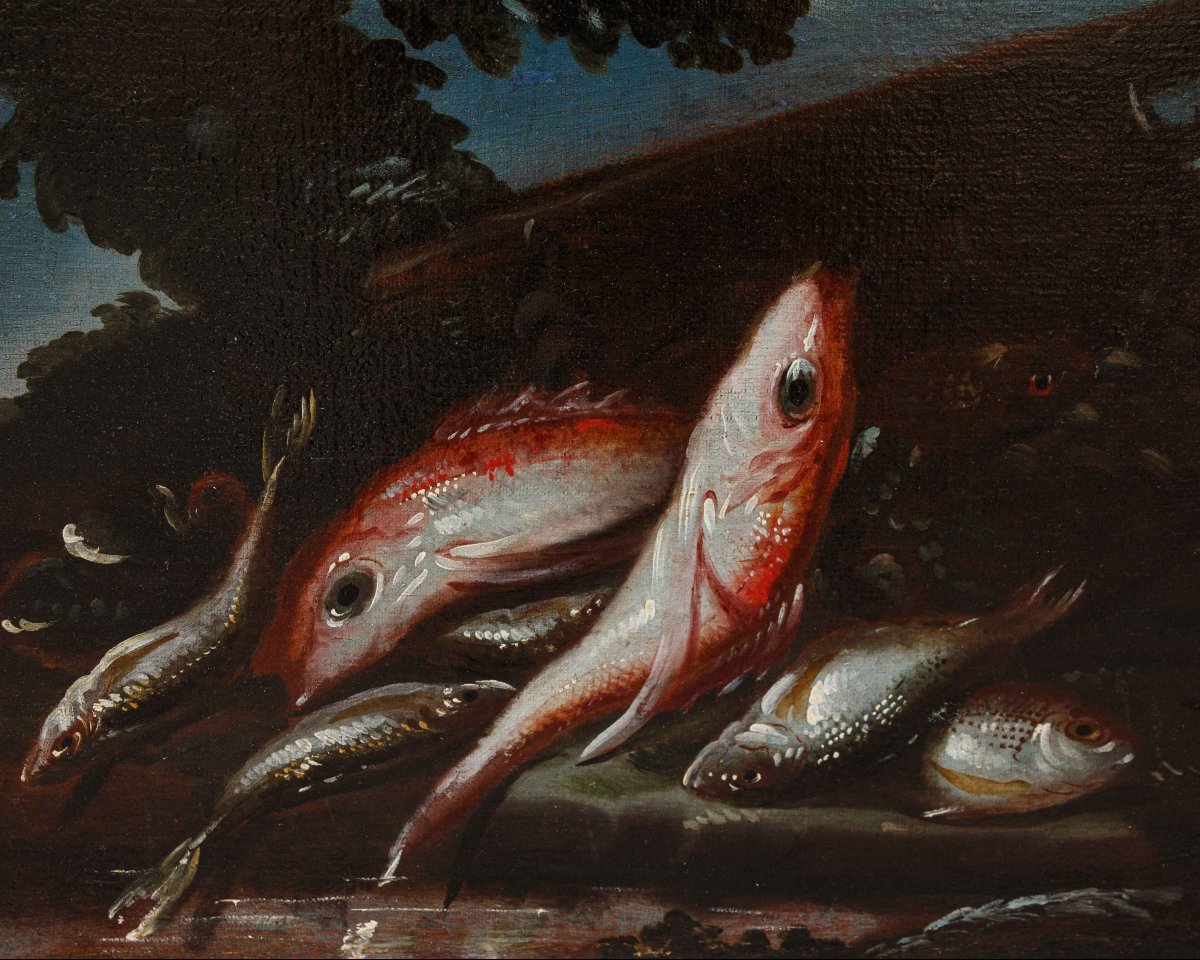
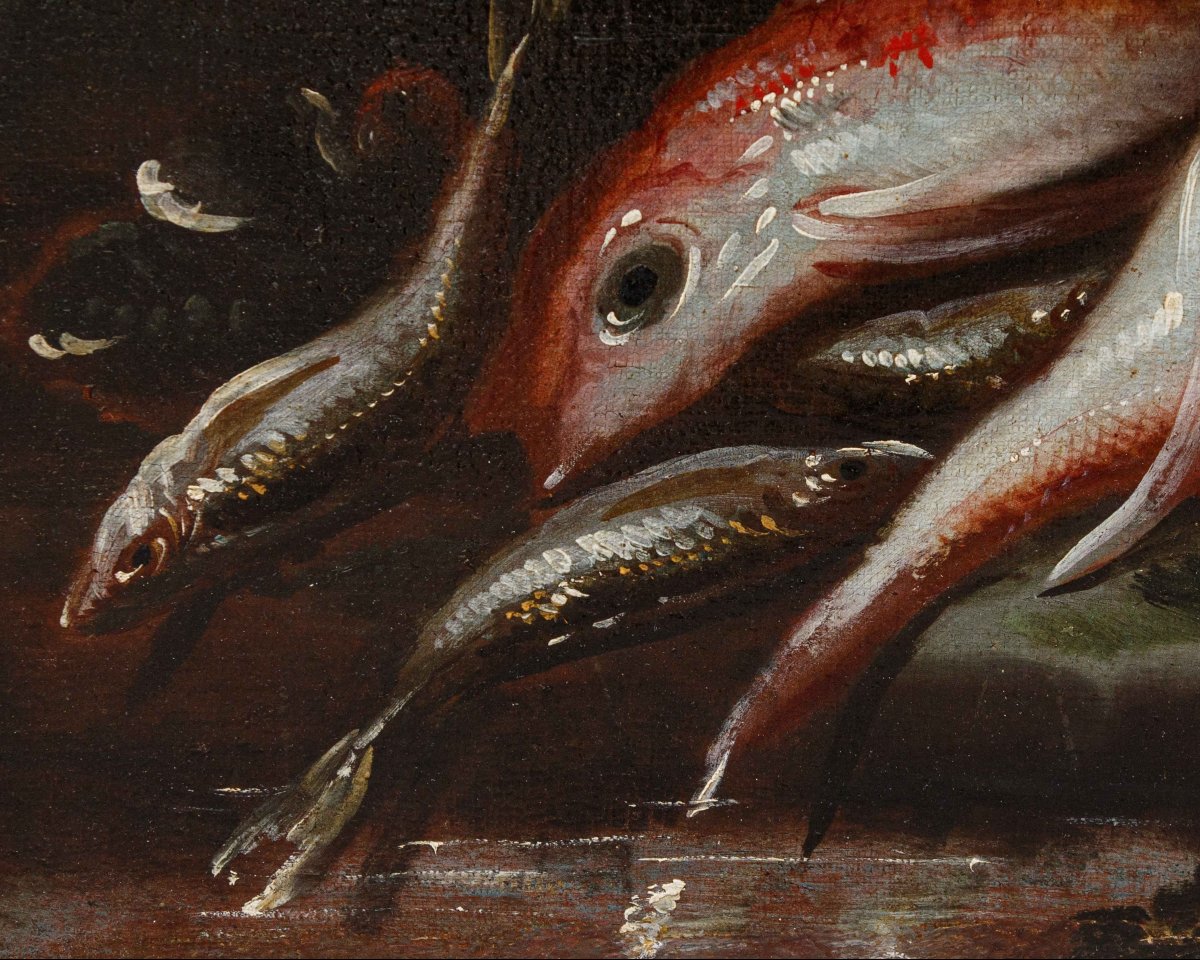


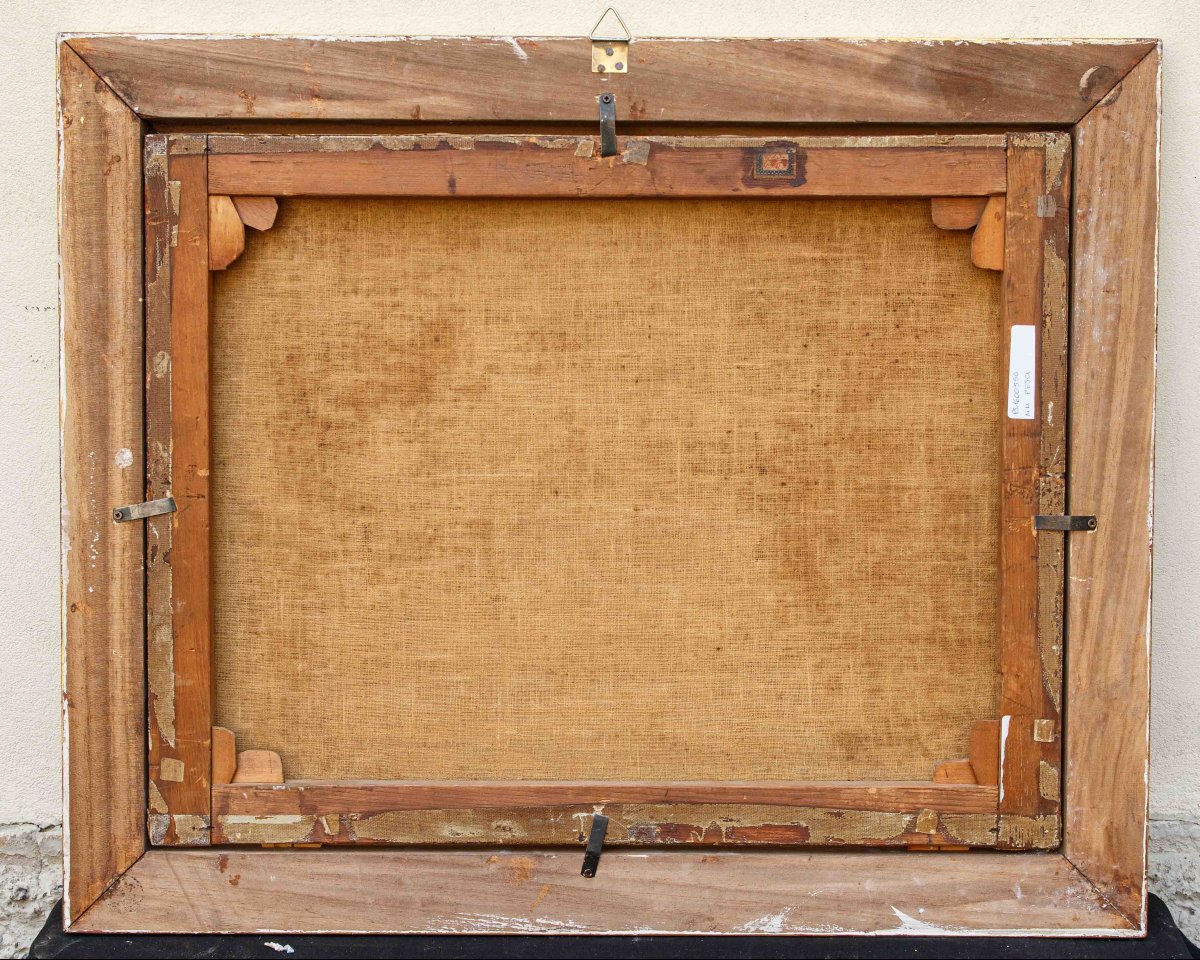









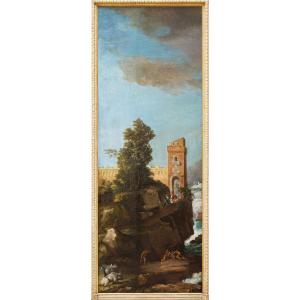






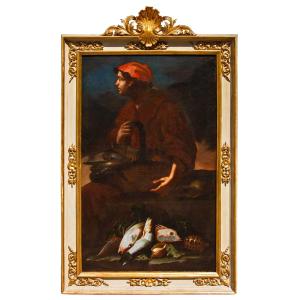

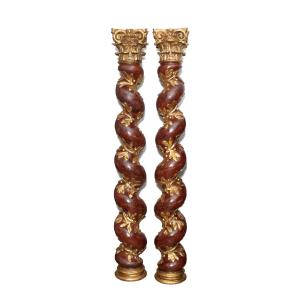

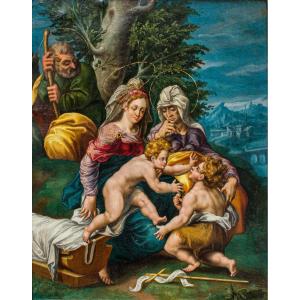


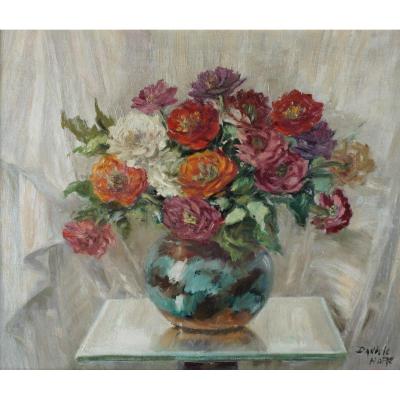
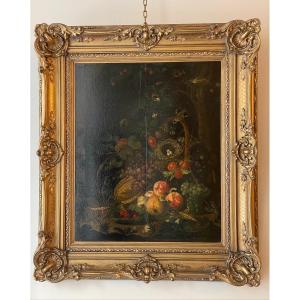





 Le Magazine de PROANTIC
Le Magazine de PROANTIC TRÉSORS Magazine
TRÉSORS Magazine Rivista Artiquariato
Rivista Artiquariato